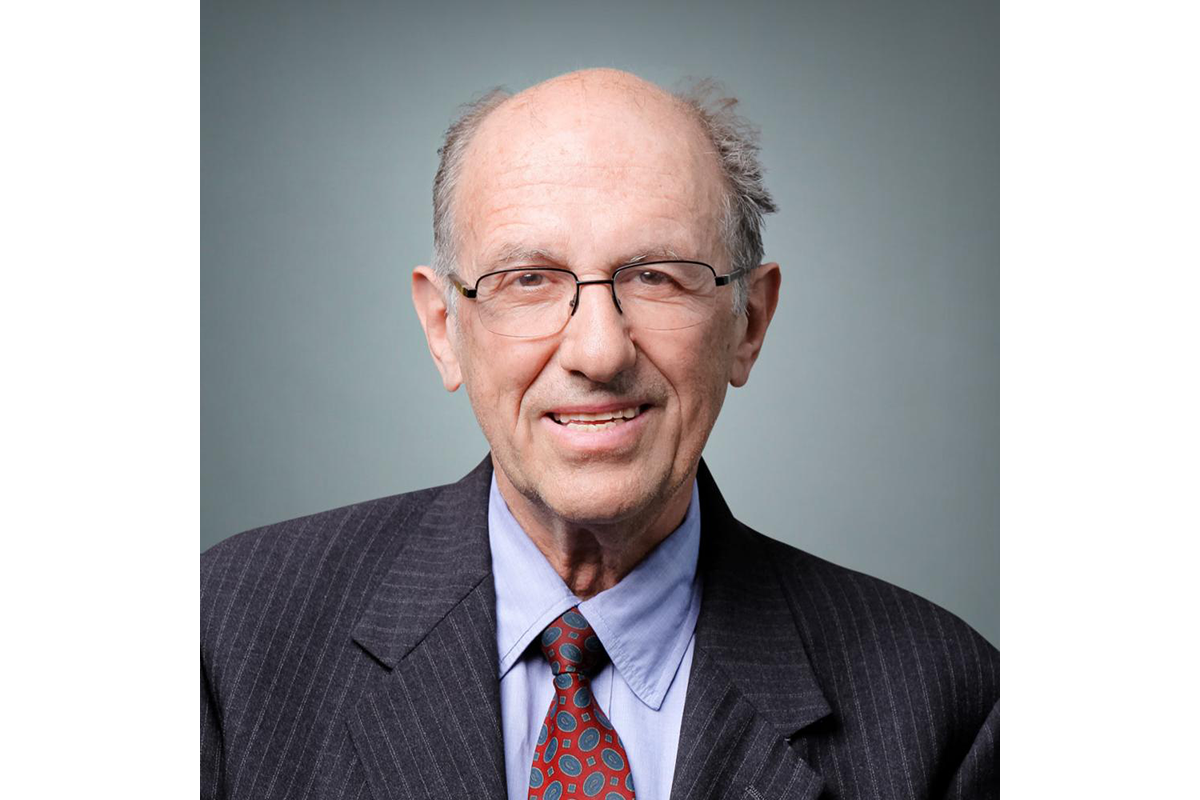
News in Brief, October 2021
October 19, 2021
Remembering Franco M. Muggia, MD
October 19, 2021Trial Spotlight: Elyse Park on EAQ171CD – the Smoke-Free Support Study 2.0

Implementing a Virtual Tobacco Treatment in Community Oncology Practices: “Smoke-Free Support Study 2.0”
 By Elyse R. Park, PhD, MPH
By Elyse R. Park, PhD, MPH
Dr. Park (Massachusetts General Hospital) is the study chair for this trial. The study co-chair is Jamie S. Ostroff, PhD (Memorial Sloan Kettering Cancer Center).
Most people know that smoking causes serious health consequences. What is less well known is that, for individuals diagnosed with cancer, persistent smoking can increase toxicity, lead to diminished treatment response, and increase risk of disease recurrence as well as risk of development of second primary cancers.1 While there has been an effort, many patients with cancer continue to smoke or use tobacco products following their diagnosis.2 While there has been an effort to increase access to evidence-based tobacco treatment, which includes the combination of medication and multiple counseling sessions, there has been limited advancement in the integration of such programs in cancer care settings.3 4 5
To improve access and effectiveness of tobacco cessation treatments for patients with cancer, researchers conducted the Smoke-Free Support Study 1. This was a randomized controlled trial to compare the effectiveness of an intensive treatment versus the standard treatment to assist recently-diagnosed patients with quitting smoking.6 The findings of Smoke-Free Support Study 1 supported the effectiveness of the intensive treatment regimen and suggested that accessibility might be improved by providing tobacco treatment virtually through video counseling.
EAQ171CD (Smoke-Free Support Study 2.0) is an ongoing NCI Community Oncology Research Program (NCORP) multi-site, randomized controlled trial. It compares the effectiveness of Enhanced Usual Care (EUC) versus an intensive Virtual Intervention Treatment (VIT) in helping recently-diagnosed patients with cancer become smoke-free. We use a Hybrid Type 1 design to test the effectiveness of clinical intervention and gather information about implementing and delivering tobacco cessation treatment in a real-world cancer care setting.
The study has three aims:
- Assess treatment effectiveness by comparing smoking outcomes among participants in the EUC arm versus the VIT arm of the study
- Assess the effect of potential moderators (e.g., sociodemographics, medical and smoking history, cancer variables) on treatment effectiveness between the two arms
- Assess the processes of implementation and dissemination (acceptability, adoption, appropriateness, treatment fidelity, cost-effectiveness, penetration/reach, and sustainability) of delivering tobacco treatment interventions at community oncology sites
Patients in the VIT arm access tobacco cessation counselors virtually via a secure video conference platform; therefore, no additional in-person visits are required. The VIT consists of 11 counseling sessions guided by Motivational Interviewing principles and tailored to the patient’s readiness to make changes to smoking behavior. The sessions are formatted around the NCI’s 5As: Ask, Advise, Assess, Assist, and Arrange. At 3- and 6-month follow-up time points, self-reported quit status is confirmed using saliva cotinine.
We hope that the results of the EAQ171CD trial will help to inform and shape the future integration of tobacco cessation programs into cancer care settings and promote accessibility to evidence-based smoking interventions at community oncology sites.
As of 10/7/21, EAQ171CD has enrolled and randomized 205 participants, with an end enrollment goal of 308.
Learn more about the EAQ171CD trial at ecog-acrin.org.
1. U.S. Department of Health and Human Services. The Health Consequences of Smoking: 50 Years of Progress: A Report of the Surgeon General. Atlanta, GA: U.S. Department of Health and Human Services, Centers for Disease Control and Prevention, National Center for Chronic Disease Prevention and Health Promotion, Office on Smoking and Health, 2014.↩
2. Garces YI, Yang P, Parkinson J, Zhao X, Wampfler JA, Ebbert JO, et al. The relationship between cigarette smoking and quality of life after lung cancer diagnosis. CHEST, 2004; 126(6):1733–1741. [PubMed: 15596667]↩
3. The Joint Commission: Tobacco and Alcohol Measures. http://www.jointcommission.org/ tobacco_and_alcohol_measures/. ↩
4. American Recovery and Reinvestment Act of 2009: Senate Reports, Vol 155 (2009). https:// www.biomedcentral.com/submissions/preparing-your-manuscript-and-supporting-information. ↩
5. Blumenthal D, Tavenner M. The “Meaningful Use” Regulation for Electronic Health Records. N Engl J Med, 2010; 363:501–04. [PubMed: 20647183] ↩
6. Park, E. R., Perez, G. K., Regan, S., Muzikansky, A., Levy, D. E., Temel, J. S., ... & Ostroff, J. S. (2020). Effect of sustained smoking cessation counseling and provision of medication vs shorter-term counseling and medication advice on smoking abstinence in patients recently diagnosed with cancer: A randomized clinical trial. JAMA, 324(14), 1406-1418.↩
![ECOG-ACRIN logo[19516]275×75](https://blog-ecog-acrin.org/wp-content/uploads/2021/03/ECOG-ACRIN-logo19516275x75.png)
